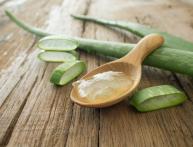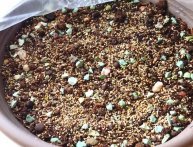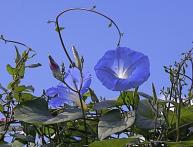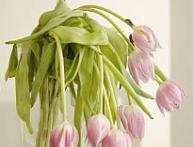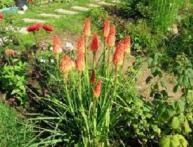How to grow phlox: tips and tricks

Phloxes They have long been popular among amateur gardeners. Annual plants are particularly attractive due to their variety of colors, aroma and beauty. Growing phlox in your summer cottage is not difficult, the main thing is to follow the recommendations for growing and caring for the flower.
Content:
Phlox: plant description
One of the brightest representatives of the Sinyukhov family are phloxes. These are tall, erect shrubs that can reach 1.5 meters in height. Various varieties phlox bloom at different times. Phlox leaves are oval or ovoid and arranged oppositely. Depending on the variety, flowers can be of different sizes. The diameter ranges from 2.5 to 5 cm. The flower has five petals and stamens and one pistil. After flowering, a capsule-shaped fruit is formed.
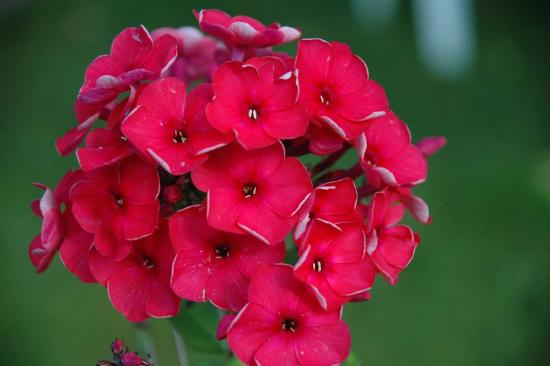
The most common variety of phlox is Drummonda. This is an annual plant no more than 30 meters high. It has a long flowering period - from June to November. There are 2 varieties of annual phlox: Drummonda stellata and Drummonda grandiflora.
Ways to grow phlox
Phlox can be grown in two ways:
- from seeds
- through seedlings
Phlox seeds are collected in the fall. Sowing in the ground is carried out in November or December. Before sowing seeds, you need to decide on a planting location.Clear the selected area of snow and sprinkle the seeds with soil at a distance of 5-6 cm from each other. After this, be sure to cover it with snow. Planting for the winter gives high germination of plants. Shoots will appear in the spring. When 2 pairs of leaves appear, a pick is made. When planted in spring, the germination rate of the flower decreases, but many gardeners still sow in the spring. First you need to prepare the bed. You can use both garden and purchased soil. In the selected area, scatter the seeds at a distance of 4-5 cm, water using a sprayer and cover with film. There is no need to cover it with soil, but you should regularly lift the film briefly to allow the seeds to breathe. When the first shoots appear, the film can be removed.
Video about phlox:
A more reliable way to grow phlox is the seedling method, since spring frosts can lead to the death of the seeds. To obtain seedlings, flower seeds are planted in early spring. The appearance of the first shoots can be expected in a week. After sowing, they need regular care: provide warmth, good lighting and watering. When several leaves appear, the seedlings can be planted separately from each other. Before moving phlox to the garden plot, they need to be fed with minerals. fertilizers.
Seedlings need to be planted in open ground in early May. Flowers should be planted at a distance of at least 20 cm from each other. You should know that phlox grows well on sandy soil. Places for planting should be chosen in the shade, as the flowers fade in the sun. Annual phlox will look great along borders, in flower beds, etc.
Tips for caring for phlox
In order for the flower to be lush, it needs to be regularly watered, fed and loosened the soil. Nitrophoska (about 20 g of fertilizer per standard bucket of water), potassium salt and superphosphate are used as fertilizer. This mixture needs to be watered 3 times in one season. However, you need to remember that phloxes do not tolerate waterlogging. In hot weather, it is not advisable to water with cold water, as this can lead to cracking of the stems. To prevent old and wilted flowers and leaves from interfering with the growth of new ones, they must be removed.
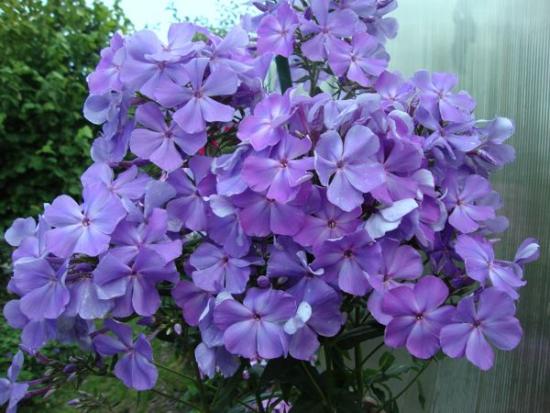
In the second phase of the growing season, hilling should be carried out to quickly form the root system. Some problems may arise when growing and caring for a flower. Very often the flower is affected by pests and various diseases. The most common are phimosis and septoria.
Fomoz. Is fungal disease, in which the leaves become dry and the shoots become fragile. To get rid of Phoma, colloidal sulfur is used, which is sprayed onto the affected areas of the plant. The main thing is that the solution does not get on the inflorescences. Powdery mildew. Fungal disease. A whitish coating appears on the leaves of the flower.
It is very difficult to get rid of this disease, so if powdery mildew appears, it is better to dig up the bush and destroy it so as not to infect other plants.
Septoria. Appears as dark brown dots on the leaves. With the further development of the fungal disease, these points increase in size. If septoria is detected, the bush should be sprayed with Bordeaux mixture and repeat the procedure a week later. The main pests of phlox are nematodes, threadworms, caterpillars and slugs. Special preparations for leaf-eating insects will help get rid of pests. Grow and caring for phlox is quite simple. If all recommendations are followed correctly, the flower will delight you with lush blooms for a long time.
Interesting information about the vegetable garden




